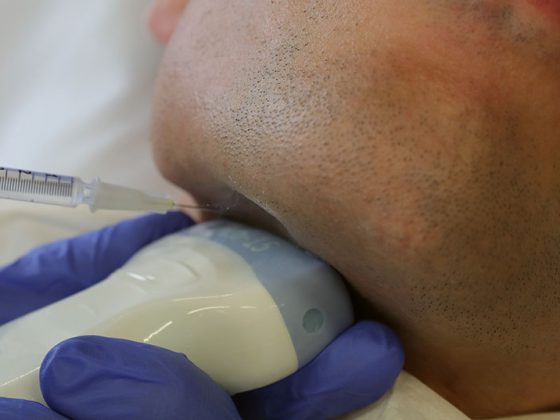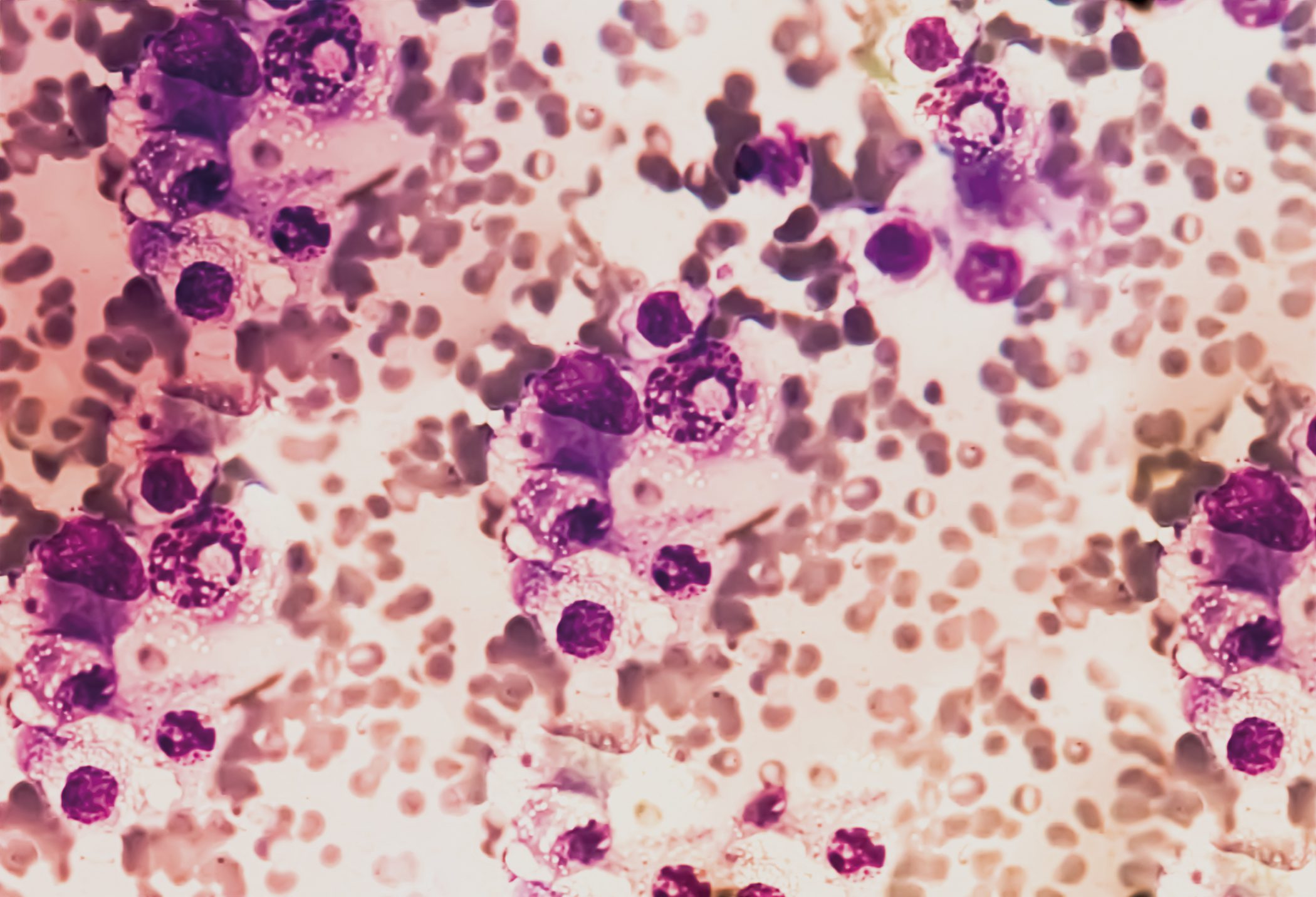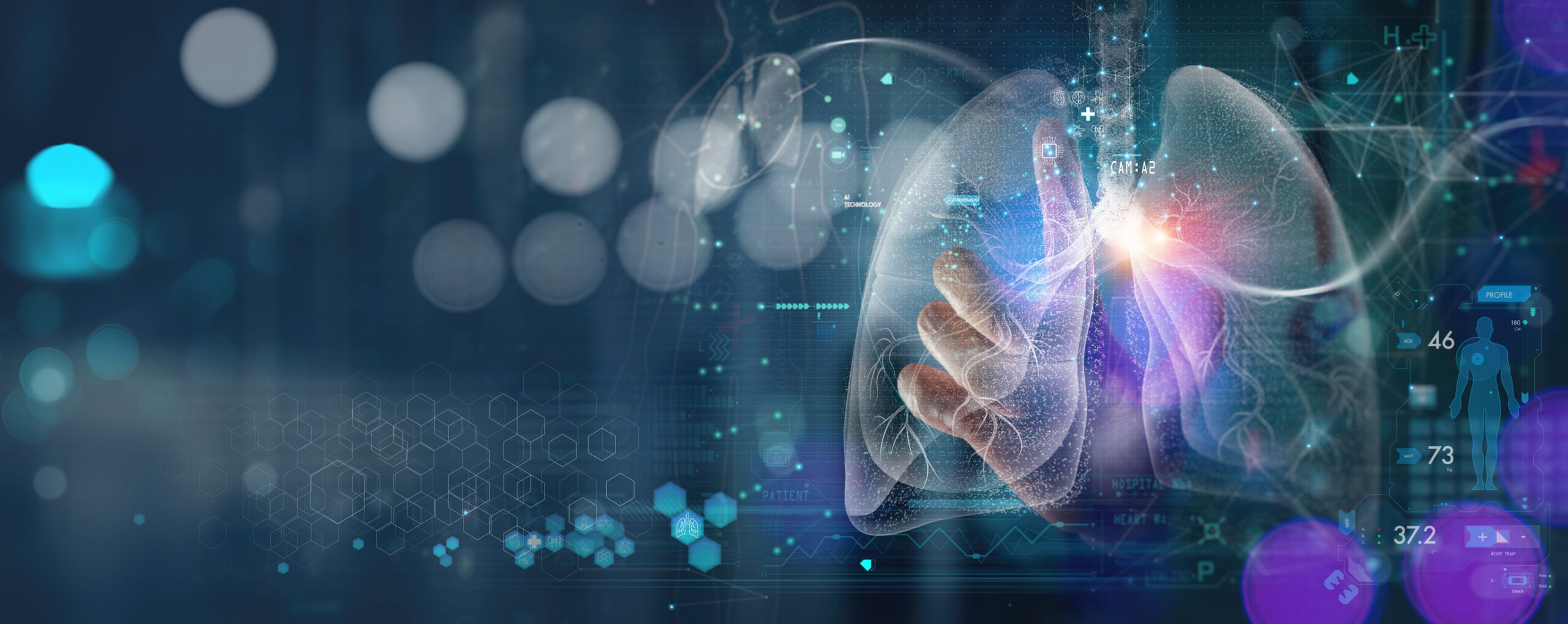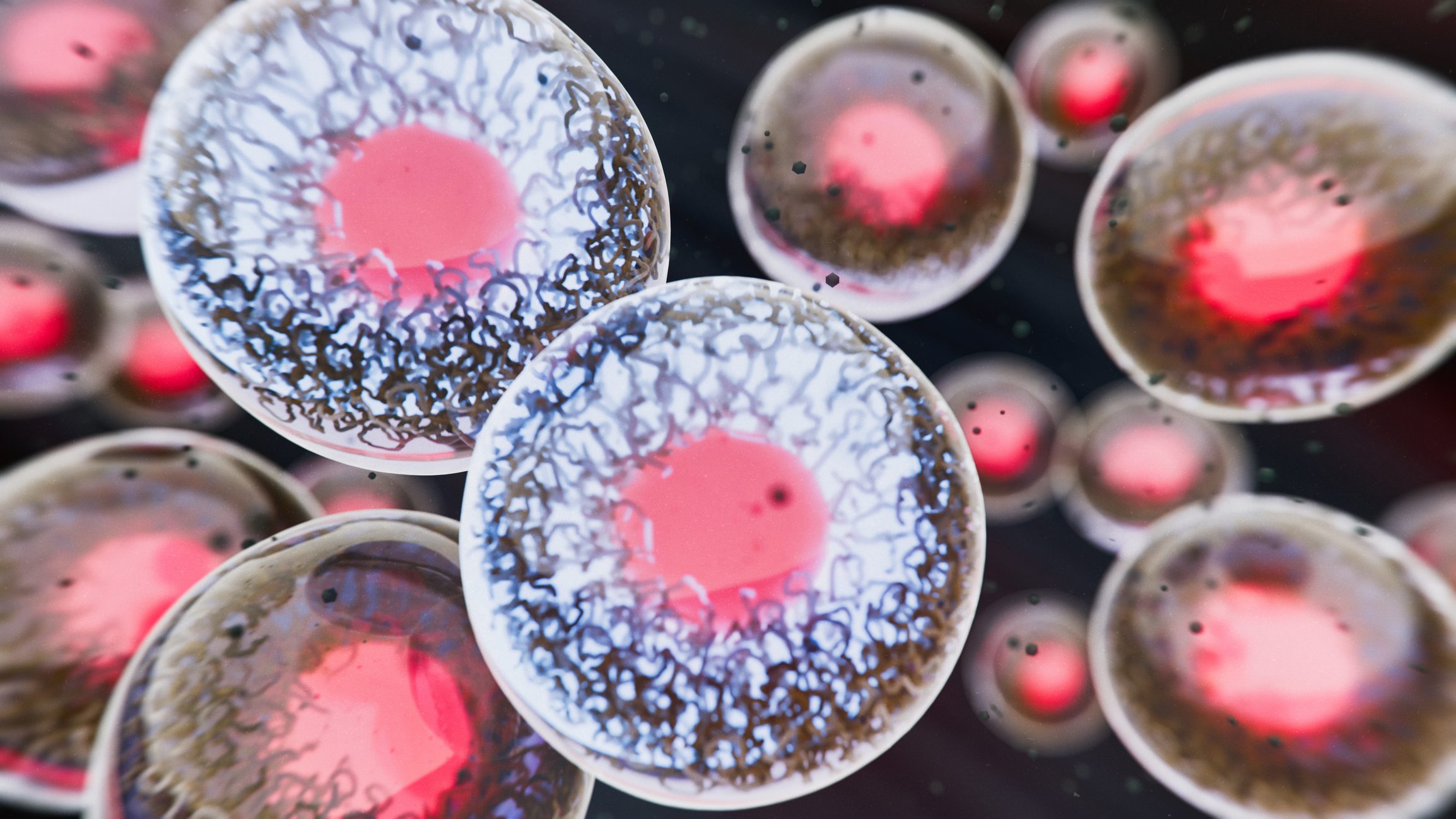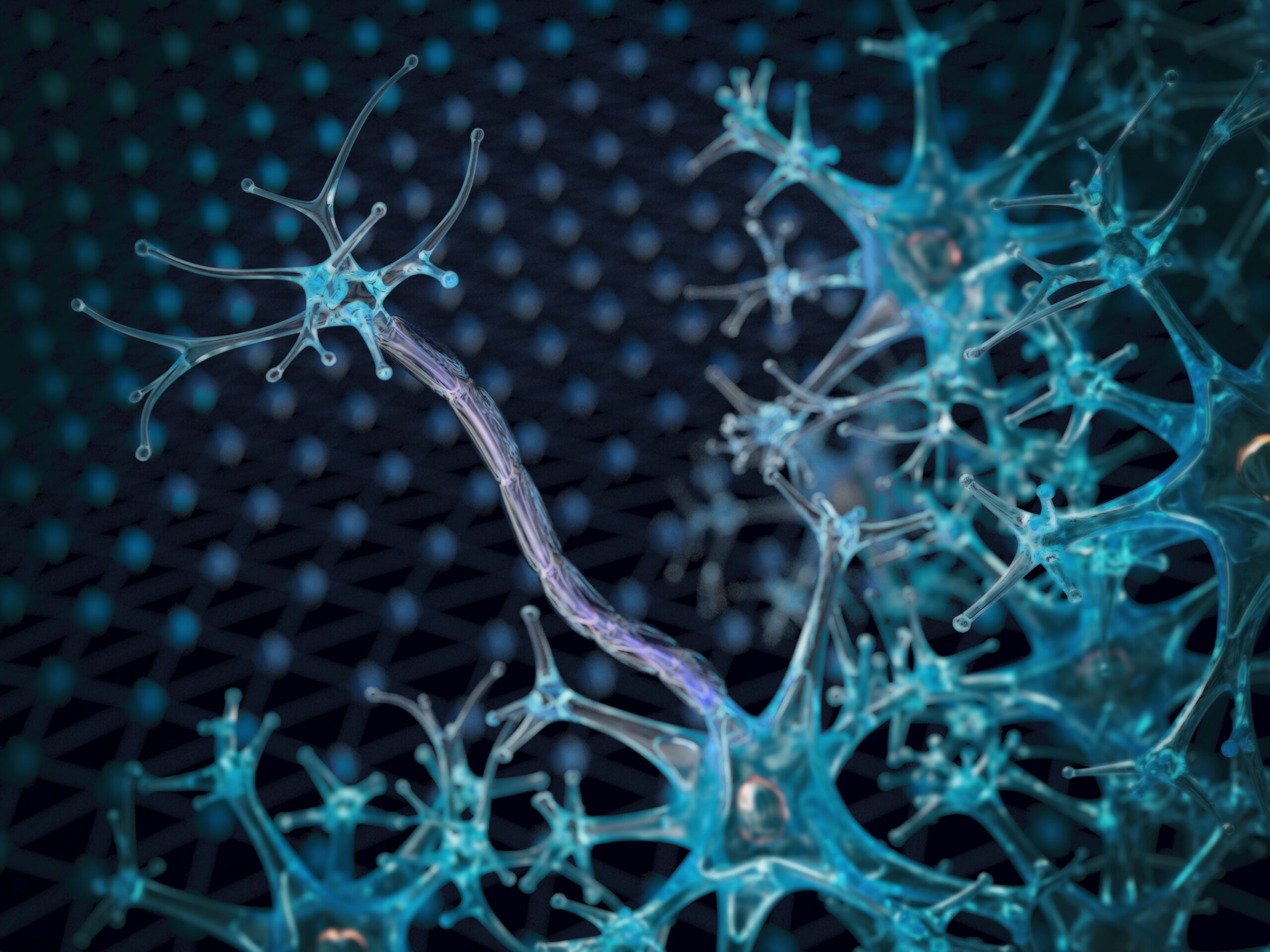Suddenly it is there, the pain. The cluster headache torments sufferers unbearably for at least a quarter of an hour until it slowly subsides – only to recur a few more times throughout the day. Those affected are massively restricted in their quality of life as a result. But there is help.
Cluster headache is defined as an attack-like, strictly unilateral, extreme headache with a pain maximum behind the eye. The pain builds up within a short period of time and is severely probing, stabbing or burning. From the eye, they can radiate into the forehead, temples, jaw, throat, neck into the ear or shoulder. After 15 minutes to three hours, the pain disappears as quickly as it came. As a rule, the same side of the head is always affected. Typical of cluster headaches is a temporal rhythm: the pain occurs up to eight times a day, often at the same time of day and more frequently in spring and fall. Patients often suffer from the pain mainly 1-2 hours after falling asleep or in the early morning hours. Between attacks, about 80 percent of sufferers are pain-free for a long time, sometimes even years.
For every 1000 people, only about one suffers from cluster headaches. Thus, this form of headache is very rare compared to tension headache and migraine. Men are affected three times more often than women. As a rule, they usually appear for the first time between the ages of 20 and 40. In 15 out of 100 patients, episodes last a year – or the symptom-free period is shorter than a month. Then the clinical picture of chronic cluster headache is fulfilled. Sometimes an episodic course transitions to a chronic course, especially if the disease begins at an older age. The causes of this type of headache are not known. Scientists suspect, among other things, an overactivation of nerve cells in certain areas of the brain, which are also responsible for the regulation of the day-night rhythm. Due to a familial accumulation, heredity could also play a role.
Multiple triggers
Similar to migraine, cluster headaches have certain triggers that can cause an attack of pain. These include alcohol, being at high altitudes, medications containing nitroglycerin, or even certain odors. Some foods, such as certain cheeses or sausages, are also commonly associated with cluster headaches.
Extend complaint-free intervals
The aim of the therapy is to shorten, or ideally prevent, the individual attacks and to extend the appearance-free periods. Accordingly, treatment management should be individualized to meet the needs of each patient. Conventional headache tablets cannot put a stop to the severe discomfort. On the other hand, inhalation of medical oxygen, for example, has proven effective. Pure medical oxygen is inhaled via a special mouth-nose-rebreathing mask for a certain period of time at the beginning of an attack. Another, more flexible option is to administer sumatriptan via a prefilled syringe. It can be used at home or on the go and is still effective even when the attack is advanced. Mild and moderate pain can be treated with zolmitriptan nasal spray.
To prevent cluster headaches, verapamil is resorted to. Often, therapy is initially started at three times 80 mg/day; depending on the success of therapy, up to 1200 mg/day may be used. In about two-thirds of patients, a 75% improvement in cluster headache can be achieved in this way. A trial of glucocorticoids may also be considered. Especially if the onset of action of the calcium antagonist is delayed. As an alternative, lithium may have a positive effect, especially in chronic cluster headache patients. However, since there is a risk of intoxication, the blood serum level must be regularly
be monitored. Serum level should not exceed 1.2 mmol/l.
Further reading:
- May a, Evers S, Brössner G, et al: Guideline for diagnosis, treatment, and prophylaxis of cluster headache, other trigeminal autonomic headache, sleep-associated headache, and idiopathic stabbing headache. Neurology 2016; 35: 137-151.
- https://kopfschmerzkompass.de/kopfschmerzarten/clusterkopfschmerzen (last accessed on 25.03.2020)
- www.dmkg.de/patienten/medikamente-gegen-clusterkopfschmerzen.html (last accessed on 25.03.2020)
- www.gesundheitsinformation.de/cluster-kopfschmerzen.3186.de.html (last accessed on 25.03.2020)
- www.neurologen-und-psychiater-im-netz.org/neurologie/erkrankungen/cluster-kopfschmerzen/was-sind-cluster-kopfschmerzen (last accessed on 25.03.2020)
InFo NEUROLOGY & PSYCHIATRY 2020; 18(3): 32.
InFo PAIN & GERIATURE 2020; 2(1): 30




